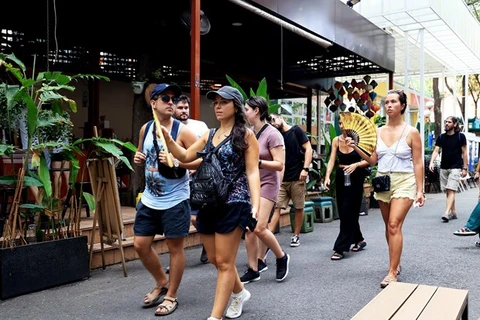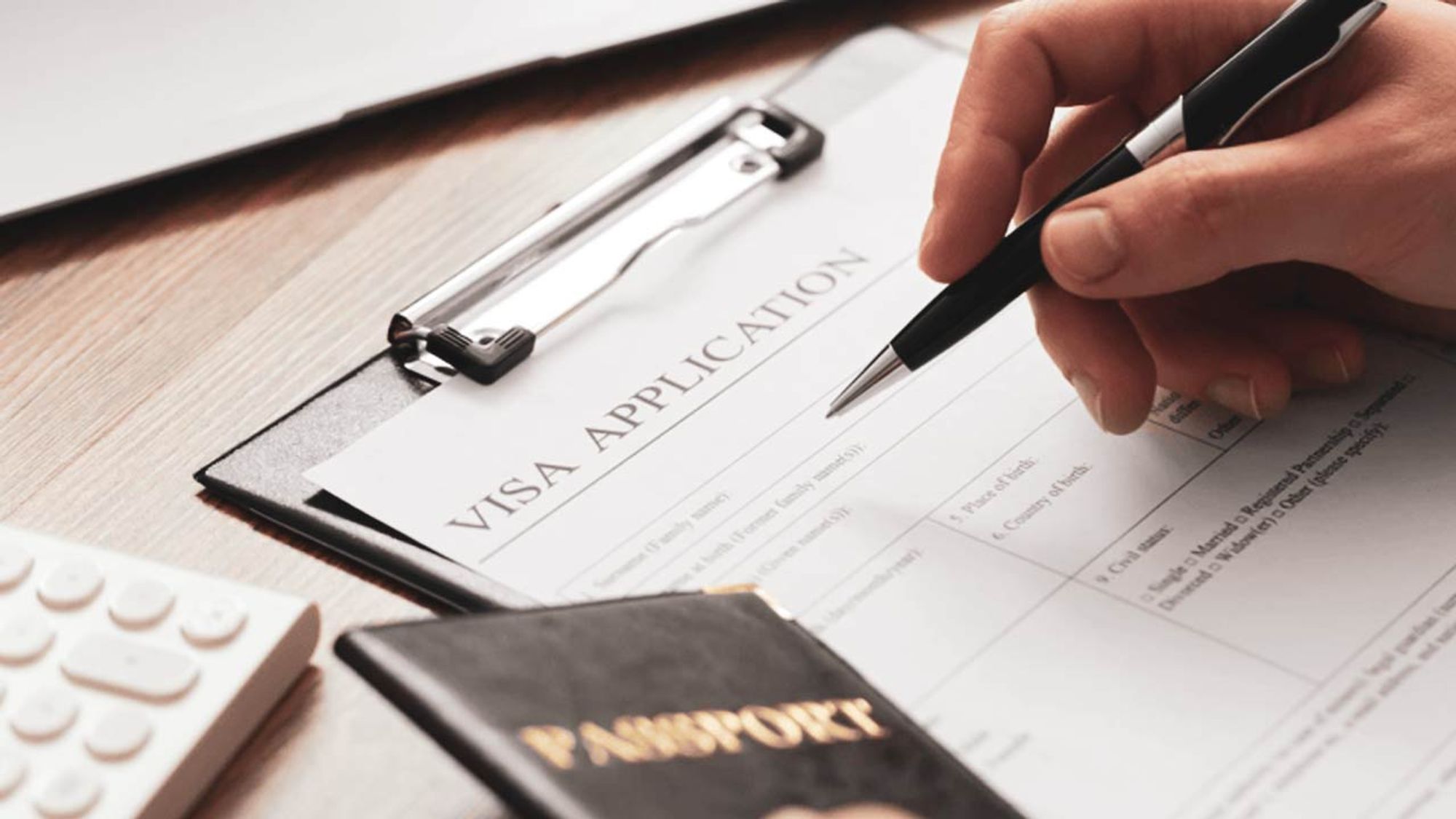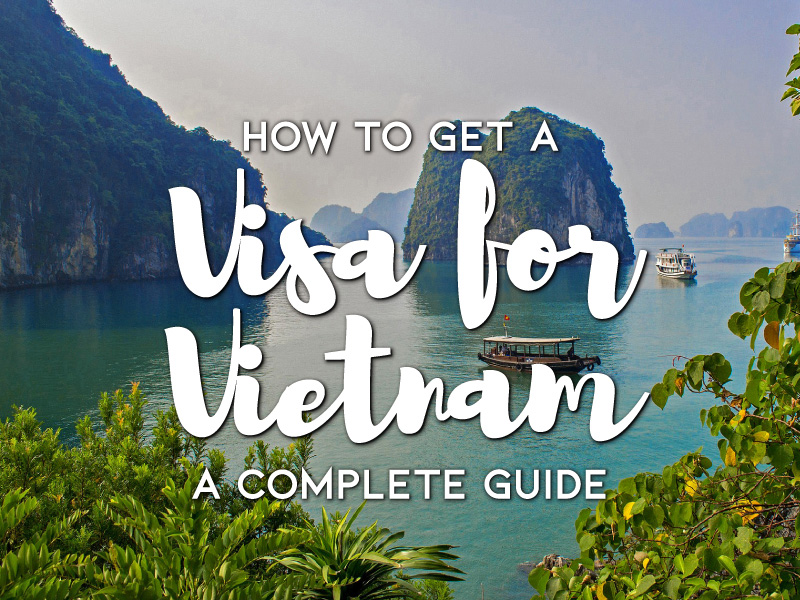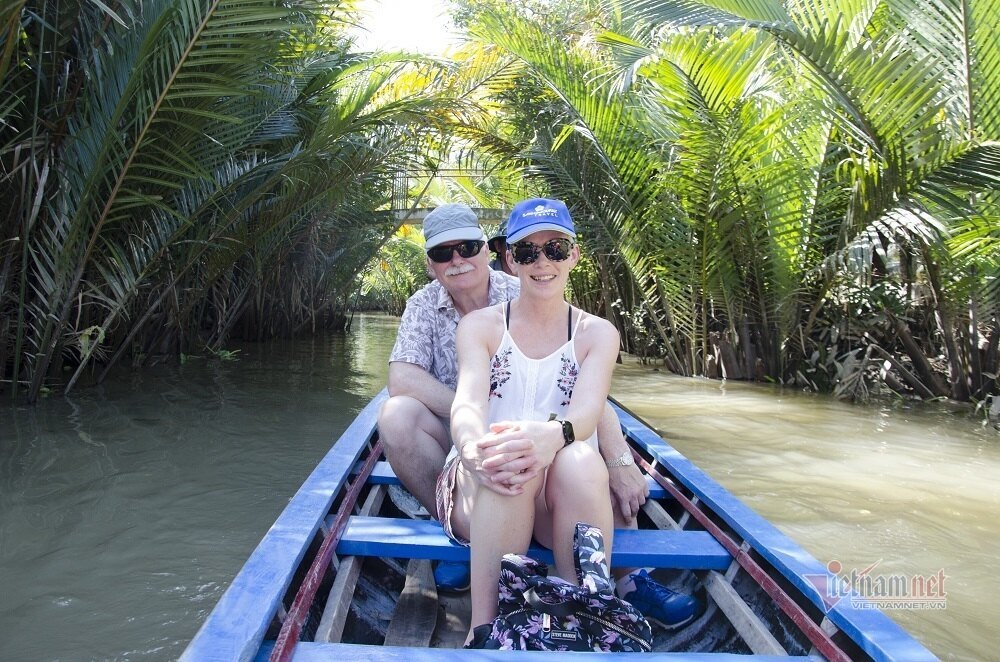
Traveling to Vietnam is an adventure filled with vibrant culture, stunning landscapes, and a rich tapestry of history. However, before you can pack your bags and indulge in the mouthwatering street food, you’ll need to tackle the essential task of obtaining a visa. Understanding how to apply for a visa to Vietnam can help streamline your journey, alleviating any stress associated with paperwork and allowing you to focus on the exciting experiences that await you in this beautiful country. In this article, we will explore the various visa options available, provide a detailed guide to applying for an e-Visa, examine alternative application methods such as Visa on Arrival and embassy or consulate applications, and discuss the broader implications of Vietnam’s evolving visa policies.
The Various Visa Options Available

When considering how to apply for a visa to Vietnam, it’s crucial to familiarize yourself with the different types of visas at your disposal. Each option has its own set of requirements, benefits, and limitations. By understanding these options, you can choose the most suitable path for your travel needs.
E-Visa: Convenience at Your Fingertips

The e-Visa is rapidly becoming the go-to option for many travelers looking to visit Vietnam.
This digital solution allows individuals to apply online, eliminating the need for time-consuming visits to embassies or consulates. The e-Visa is valid for up to 90 days and permits either single or multiple entries into the country. This flexibility is particularly beneficial for those wishing to explore neighboring destinations within Southeast Asia.
To begin the process, you’ll simply fill out a secure online form accessible from Vietnam’s official immigration portal. Be prepared to share personal information, including passport details and your travel itinerary. After completing the form, you must confirm your application and pay the relevant fees, which can vary depending on visa type and processing speed.
Once your application has been processed, you will receive an Approval Letter via email. This document serves as proof of your granted permission to enter Vietnam. It’s important to print this letter before you embark on your journey, as it is required upon arrival at designated immigration offices to obtain your visa stamp.
Visa on Arrival: A Flexible Option for Air Travelers
If you’re arriving in Vietnam by air, another option worth considering is the Visa on Arrival (VOA).
Unlike the e-Visa, which requires pre-approval before departure, the VOA necessitates obtaining a pre-approval letter online. This letter is essential to present when you land in Vietnam, where you will receive your actual visa stamp at the airport.
The process for acquiring a VOA involves applying through a reputable agency that specializes in travel documentation. They will facilitate the issuance of the pre-approval letter, usually within a couple of business days. Upon your arrival, you can then proceed to the designated Visa on Arrival counter at the airport with your pre-approval letter, passport, and the necessary visa fee.
One of the advantages of the VOA is its inherent flexibility, especially for those whose travel plans may shift. Whether you’re planning a spontaneous trip or unsure of your exact return date, the VOA accommodates these uncertainties, allowing travelers to adapt their arrangements as needed.
Embassy or Consulate Application: The Traditional Method
For some, visiting a Vietnamese embassy or consulate remains the preferred method for applying for a visa.
This traditional approach is particularly useful for individuals residing in regions with limited internet access or who prefer face-to-face interactions during the application process. If you’re in Singapore, for example, you can easily visit the local Vietnamese embassy to seek guidance and assistance with your visa application.
When opting for this route, you’ll need to prepare several essential documents, including your passport, photos, and a completed visa application form. Processing times can vary, so be sure to allow sufficient time for your application to be reviewed.
While this method may seem less convenient than applying online, it offers a sense of reassurance for those who appreciate direct communication and personalized support throughout the application process.
Step-by-Step Guide to Applying for an E-Visa to Travel to Vietnam

For many travelers, the e-Visa represents the simplest pathway to securing a visa for Vietnam. Below is a detailed guide to navigating the e-Visa application process, ensuring you’re well-prepared for a smooth experience.
Step 1: Fill Out the Online Form
To initiate the e-Visa application, start by accessing the official immigration portal.
Here, you will find a secure online form designed to capture essential information regarding your travel plans and identity. Be ready to provide your full name, nationality, gender, date of birth, passport number, and planned entry and exit dates.
Completing this form requires accuracy and attention to detail, as any discrepancies could lead to delays or complications later on. Moreover, ensure that your passport is valid for at least six months beyond your intended entry date into Vietnam, as this is a common requirement for visa approval.
Step 2: Confirm and Pay
Once you have filled out the online form, it’s time to review your information for accuracy before proceeding to payment.
The cost of an e-Visa can vary based on the type of visa you select and the speed of processing you choose. Payments are typically made through secure online channels, ensuring your financial information is protected.
After confirming your application and completing payment, take note of any reference numbers provided, as these will be necessary for tracking your application status.
Step 3: Receive Your Approval Letter
Patience is key during the application process, as processing times can vary based on demand.
You will receive an Approval Letter via email once your application has been processed. This document is more than just a confirmation; it’s vital for your entry into Vietnam. Make sure to check your email regularly, including your spam folder, to avoid missing this crucial correspondence.
It’s also wise to keep a digital copy stored securely and consider printing multiple copies to bring along on your travels.
Step 4: Print and Prepare for Stamping
Before embarking on your journey, ensure you have printed your Approval Letter and kept it in an easily accessible location.
Upon arrival in Vietnam, head to the designated immigration office at the airport. Here, you will present your Approval Letter along with your passport, photographs, and any applicable visa fees. The immigration officials will then stamp your passport, officially granting you entry into Vietnam.
This final step signifies the culmination of your efforts and opens the door to a world of exploration and enjoyment in one of Southeast Asia’s most captivating countries.
Considerations and Potential Implications

Interestingly, the advancements in Vietnam’s visa application processes, particularly with options like the e-Visa, reflect a broader trend towards digitalization within the realm of travel facilitation.
This evolution not only simplifies the experience for tourists but also holds significant implications for Vietnam’s economy, potentially boosting tourism revenues while fostering cross-cultural exchanges. As Vietnam seeks to position itself as a premier destination in Southeast Asia, streamlining visa processes may serve as a competitive advantage against neighboring countries such as Thailand and Malaysia.
The convenience of an online application process suggests a growing recognition of the importance of accessibility in attracting international visitors. For many, cumbersome visa processes can deter potential travelers, and thus simplifying these procedures is a strategic investment in the tourism sector.
Furthermore, as our world becomes increasingly interconnected, the simplification of visa processes creates opportunities for genuine cultural understanding and collaboration between nations. The act of applying for a visa transcends mere logistics; it fosters shared experiences and promotes mutual appreciation.
In essence, preparing for a journey to Vietnam is about more than securing a visa; it’s about embracing an opportunity to engage with a nation eager to share its unique stories, delectable cuisines, and breathtaking vistas with travelers from around the globe.
Conclusion
Navigating the visa application process can initially seem daunting, but understanding the various options available significantly eases this task. Whether you choose to apply for an e-Visa, consider a Visa on Arrival, or opt for traditional embassy methods, each avenue has its distinct advantages tailored to different traveler needs.
As you prepare for your adventure in Vietnam, remember that the effort put into obtaining your visa is merely a gateway to experiencing the wonders of a nation rich in culture and history. With the right information and preparation, your journey promises to be rewarding, offering unforgettable memories filled with flavors, sights, and encounters that last a lifetime.
So, gather your essentials, embrace the spirit of adventure, and get ready to immerse yourself in the vibrant world awaiting you in Vietnam!

Leave a Reply